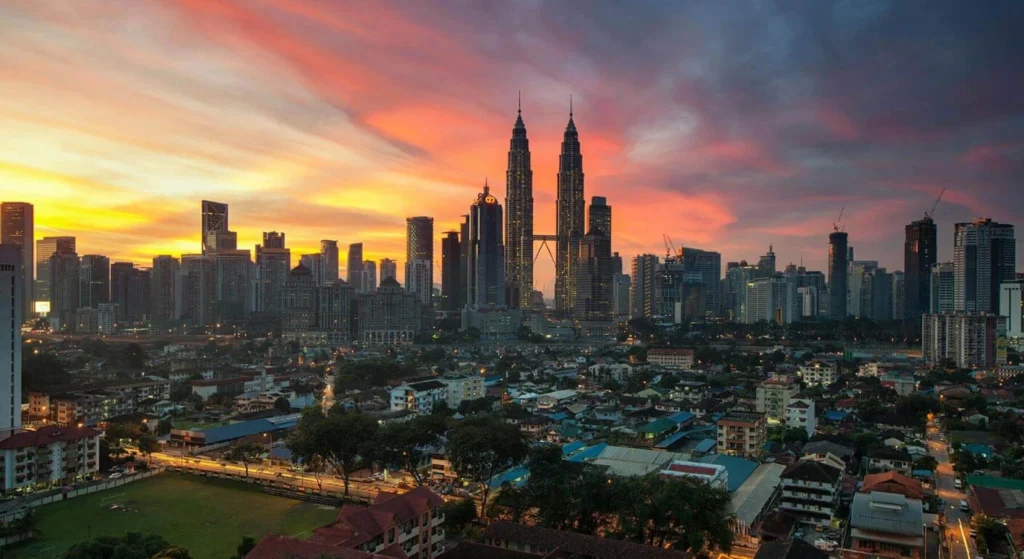Introduction
Explore Hidden Gems and Popular Destinations in Malaysia This YearAre you wondering if now is the best time to visit Kuala Lumpur? With its tropical climate, iconic landmarks, and vibrant culture, this bustling Malaysian capital offers something for everyone. But choosing the perfect time for your trip can make all the difference in your experience. Whether you’re planning to explore the Petronas Towers, wander through Chinatown, or enjoy local festivals, timing is key.
In this guide, we’ll uncover Kuala Lumpur’s climate patterns, highlight key seasonal events, and share budget-friendly tips for travelers. You’ll learn how to make the most of your visit, whether during peak seasons or quieter times. Plus, we’ll reveal why right now might be the perfect moment to pack your bags and explore this incredible city.
Stay tuned, and let us help you discover the best time to visit Kuala Lumpur!
Understanding Kuala Lumpur’s Climate and the Best Time to Visit
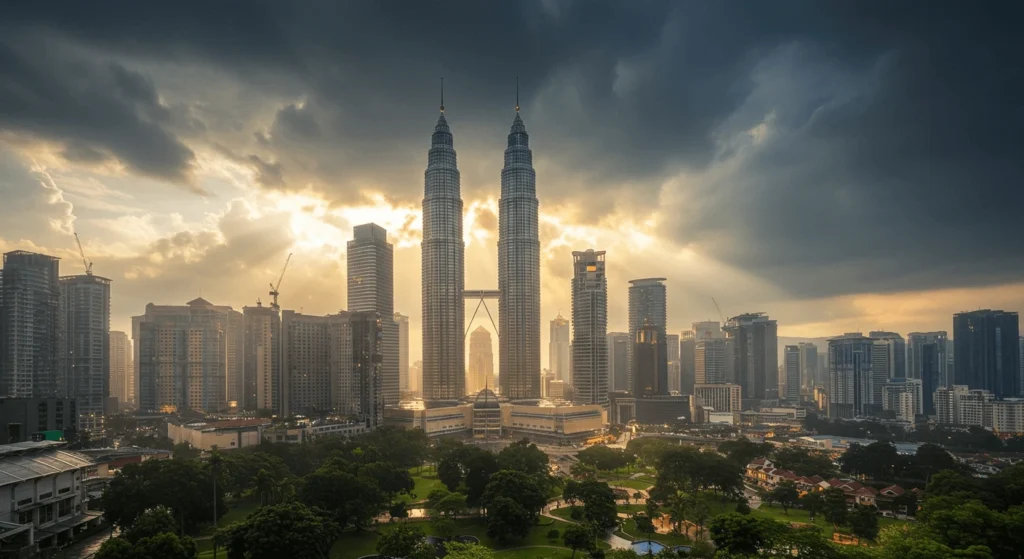
Tropical Weather Overview
Kuala Lumpur enjoys a tropical climate, offering consistently warm temperatures averaging 27°C throughout the year. The city’s high humidity, often exceeding 80%, can feel overwhelming to some visitors. However, this tropical warmth contributes to the lush greenery and vibrant rainforests that surround the city.
For travelers, humidity affects how you explore the city. Outdoor attractions like the Batu Caves are best visited early in the morning or late afternoon to avoid peak heat. Light, breathable clothing and staying hydrated are essential for a comfortable experience. Moreover, air-conditioned malls, such as Pavilion KL, offer a welcome retreat from the heat during midday hours.
When is the Best Time to Visit Kuala Lumpur?
Dry Season (May–September): Perfect for Outdoor Adventures
The dry season is ideal for exploring Kuala Lumpur’s iconic landmarks, including the Petronas Towers and KL Tower. During these months, rain is less frequent, making it easier to stroll through Bukit Bintang or enjoy a scenic hike in KL Forest Eco Park. Events like the Merdeka Day Parade on August 31st bring additional excitement.
Wet Season (October–April): Great for Indoor and Cultural Activities
The wet season, spanning October to April, brings frequent afternoon rain showers but rarely disrupts morning activities. This is an excellent time to explore indoor attractions like Suria KLCC, Central Market, and Kuala Lumpur’s many museums. Rainy evenings are perfect for sampling local delicacies at covered food courts like Jalan Alor or discovering hidden gems in Chinatown.
Monthly Breakdown of Weather Patterns
January–March:
The early months feature consistent showers, particularly in the afternoons. Travelers can still enjoy quieter tourist spots during this off-peak period. For packing, consider lightweight waterproof jackets and umbrellas to stay prepared.
April–June:
Rain begins to taper off in April, giving way to sunny skies by May and June. These months are fantastic for rooftop dining at places like Atmosphere 360 or exploring outdoor markets such as Kampung Baru.
July–September:
Dry conditions dominate, making these months ideal for full-day excursions. Explore Batu Caves or take day trips to nearby attractions like Genting Highlands or Putrajaya. Sun protection, including hats and sunscreen, is a must.
October–December:
The year-end monsoon season brings heavier rains but also festive events like Deepavali and Christmas celebrations. Indoor activities such as shopping at Mid Valley Megamall or enjoying a movie at local cinemas are popular during this time.
Key Events and Festivals During the Best Time to Visit Kuala Lumpur
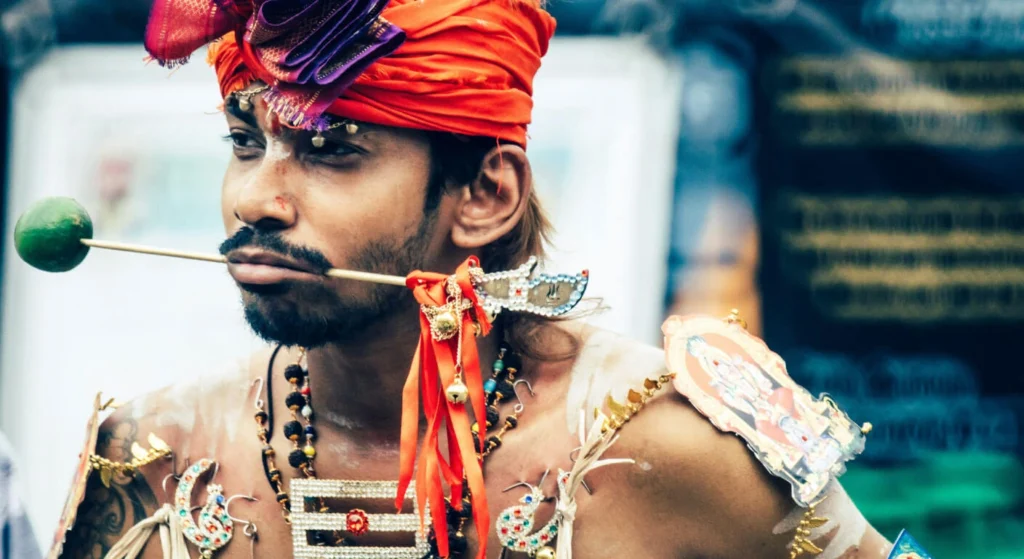
Seasonal Highlights
Winter Festivities: Chinese New Year and Thaipusam
Chinese New Year, typically celebrated in January or February, transforms Kuala Lumpur into a vibrant spectacle of colors and traditions. Chinatown comes alive with lanterns, lion dances, and fireworks displays. Visitors can join the celebrations at Thean Hou Temple or enjoy festive food markets offering traditional delicacies like pineapple tarts and yee sang.
Thaipusam, a Hindu festival held in January or February, is another unmissable event. The Batu Caves host a dramatic procession of devotees carrying decorated kavadis (burdens) as an act of faith. Visitors are encouraged to arrive early to witness the rituals and avoid large crowds.
Summer Celebrations: National Day and Street Parades
Malaysia’s National Day, or Hari Merdeka, falls on August 31st and features patriotic parades, cultural performances, and fireworks. The Merdeka Square area becomes the center of celebrations, with streets adorned in Malaysian flags. Visitors can enjoy traditional dances, marching bands, and food stalls showcasing the country’s culinary diversity.
Cultural Must-Sees
Spring: Ramadan Bazaars
During Ramadan, which usually falls between March and May, Kuala Lumpur comes alive with bustling evening bazaars. Locals and tourists flock to spots like Kampung Baru and Jalan Masjid India to savor a variety of dishes, including nasi kerabu, satay, and murtabak. The festive atmosphere offers an authentic glimpse into Malaysian culture and traditions.
Autumn: Deepavali (Festival of Lights)
Deepavali, celebrated in October or November, lights up Kuala Lumpur’s Little India district with vibrant decorations and oil lamps. Visitors can enjoy cultural performances, sample Indian sweets like laddoo, and shop for traditional attire. Temples like Sri Mahamariamman Temple also host special prayers and festivities.
How Events Affect the Best Time to Visit
Planning Around Major Festivals
Festivals like Chinese New Year and Hari Merdeka attract large crowds, so booking accommodations early is essential. Travelers visiting during these times can enjoy unique cultural experiences but should prepare for busy streets and higher hotel prices.
Opportunities for Cultural Immersion
Festivals provide an unparalleled opportunity to connect with local traditions and people. Participating in events like Thaipusam or shopping at Ramadan bazaars offers a deeper understanding of Kuala Lumpur’s rich diversity.
Avoiding Peak Crowds
If you prefer quieter trips, visiting before or after major festivals ensures a more relaxed experience. Attractions like the Petronas Towers and KL Tower are less crowded during these periods.
Best Activities to Enjoy in Kuala Lumpur Based on the Time of Year
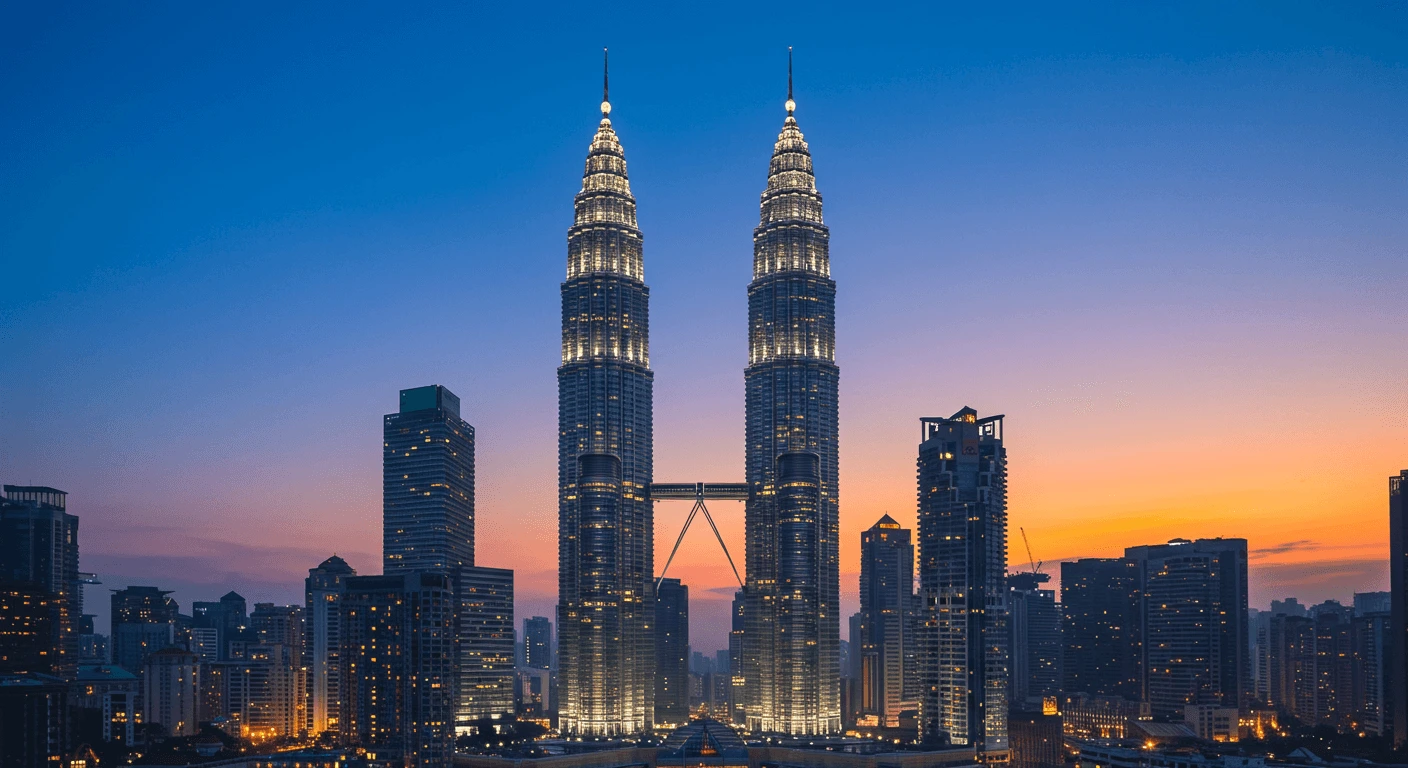
Best Things to Do in the Dry Season
Explore Batu Caves and Hike in KL Forest Eco Park
The dry season, lasting from May to September, is ideal for outdoor exploration. Start your day at Batu Caves, a renowned cultural site with stunning limestone formations. Furthermore, the iconic golden Lord Murugan statue and colorful 272-step staircase offer incredible views and photo opportunities. Moreover, early mornings provide cooler weather and fewer crowds, making the experience more enjoyable.
Additionally, KL Forest Eco Park, located nearby, is a fantastic destination for nature lovers. The urban rainforest boasts a canopy walk that offers panoramic views of lush greenery. Also, this activity allows visitors to escape the bustling city. For instance, wearing comfortable shoes and carrying water ensures a pleasant hike.
Sightseeing at Merdeka Square and the Petronas Towers
Merdeka Square is an iconic landmark, especially during sunny weather. Moreover, the square features historical colonial buildings and regularly hosts cultural parades. For example, the Sultan Abdul Samad Building’s architecture provides a glimpse into Malaysia’s rich heritage.
Meanwhile, the Petronas Towers are a must-see destination during the dry season. Not only are they impressive from the outside, but the observation deck offers breathtaking city views. Therefore, booking tickets in advance is highly recommended to avoid disappointment.
Best Things to Do in the Wet Season
Shopping in Pavilion KL or Suria KLCC
When the rain begins to fall, indoor activities become the perfect solution. Pavilion KL, for instance, offers a variety of luxury brands, dining options, and entertainment. Similarly, Suria KLCC features mid-range stores, a cinema, and the famous Aquaria KLCC, an indoor aquarium. In addition, these malls provide a refuge from the humidity while allowing visitors to shop and dine in comfort.
Indulge in Local Food at Jalan Alor or Hawker Centers
Rainy evenings are a great time to explore Kuala Lumpur’s vibrant food scene. For example, Jalan Alor offers endless street food options with covered seating to shield diners from the rain. Additionally, you can savor satay skewers, char kway teow, or fresh seafood. Alternatively, Lot 10 Hutong’s indoor hawker center provides a curated selection of traditional dishes in a cozy environment.
Time-Specific Activities
Sunrise Views from KL Tower
Early mornings during the dry season are ideal for catching sunrise views from KL Tower. The observation deck offers a 360-degree panoramic view, which becomes especially magical as the sun rises. Also, clear skies during this time ensure unobstructed views, making the experience unforgettable.
Evening Strolls Through Chinatown and Little India
Evening strolls through Chinatown or Little India are equally enchanting, no matter the weather. Petaling Street in Chinatown, for example, is perfect for shopping, enjoying street food, or watching cultural performances. On the other hand, Little India in Brickfields showcases colorful textiles, aromatic spices, and delicious Indian cuisine. Furthermore, both areas are illuminated beautifully at night, creating a lively atmosphere that’s hard to resist.
Tips for Visiting Kuala Lumpur on a Budget During Peak and Off-Peak Times
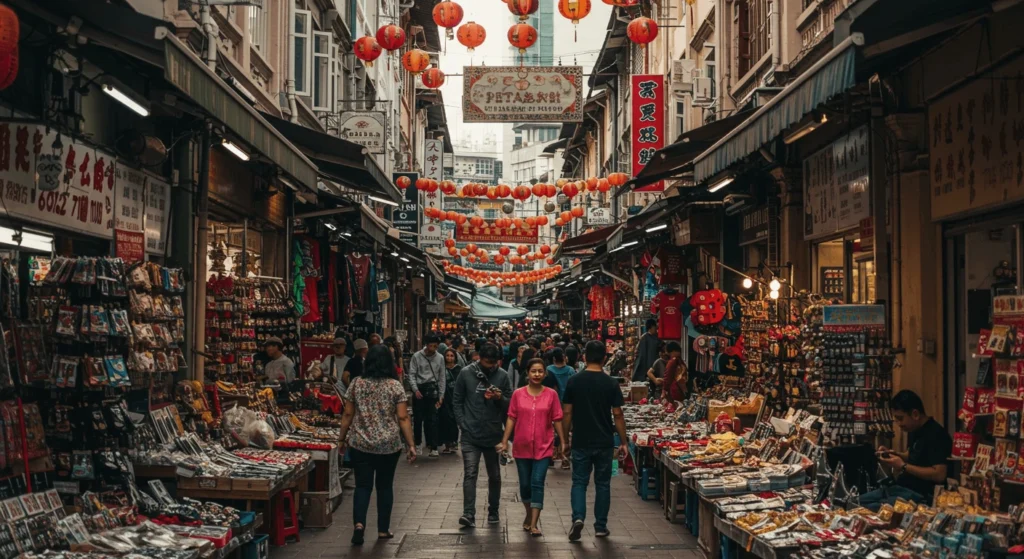
Budget-Friendly Travel During the Best Time to Visit Kuala Lumpur
Affordable Accommodations in Chinatown and Bukit Bintang
For budget-conscious travelers, Chinatown and Bukit Bintang offer excellent options. Chinatown is famous for affordable guesthouses and boutique hotels. For instance, establishments like Lantern Hotel provide comfort and proximity to cultural attractions such as Petaling Street Market.
Similarly, Bukit Bintang offers a range of budget-friendly accommodations near vibrant nightlife and shopping districts. You can find affordable rooms in hotels such as Travelodge Bukit Bintang, which offers great amenities at reasonable rates. In addition, exploring nearby food stalls saves money while enjoying authentic Malaysian flavors.
Saving Money on Transport with MRT and Monorail
Kuala Lumpur’s public transport system is both efficient and affordable. The MRT, LRT, and monorail connect major tourist attractions like KLCC, Batu Caves, and Chinatown. Instead of using taxis or rideshare services, travelers can save money by purchasing a MyRapid card.
Additionally, buses like the free Go KL City Bus are ideal for reaching popular destinations. For instance, the Purple Line connects Chinatown to Bukit Bintang without costing a single ringgit.
Managing Costs During Peak Tourist Seasons
Booking Flights and Hotels in Advance
During peak seasons, such as Chinese New Year or Hari Merdeka, demand for flights and hotels increases significantly. Booking your accommodations and transportation at least two months in advance can help you secure better deals. For example, many airlines like AirAsia or Malindo Air offer discounted fares during early booking periods.
Finding Deals During Festivals and Events
Festivals in Kuala Lumpur are a great time to experience local culture, but costs can rise. However, you can still find deals by exploring alternative platforms like Agoda or Booking.com for special discounts. Additionally, consider staying slightly outside city centers, such as in Bangsar or Taman Connaught, where prices are lower during peak times.
Maximizing Value During Off-Peak Seasons
Benefits of Fewer Crowds and Lower Prices
Traveling during off-peak months, such as February or September, offers a quieter experience and significantly lower costs. Hotels and airlines often reduce prices, making it easier to find affordable accommodations in central areas like KLCC or Brickfields.
For instance, attractions like the Petronas Towers have shorter lines, allowing you to enjoy your visit without the rush. Similarly, you can explore the quieter Batu Caves or take your time shopping at Central Market.
Enjoying Less Crowded Attractions at Your Own Pace
Off-peak travel provides a relaxed pace for exploring Kuala Lumpur’s highlights. For example, you can enjoy an uninterrupted canopy walk at KL Forest Eco Park or take serene evening strolls in Perdana Botanical Garden. Furthermore, local cafes and restaurants tend to be less crowded, giving you more opportunities to engage with locals and savor the city’s authentic culinary scene.
Why Now Might Be the Best Time to Visit Kuala Lumpur
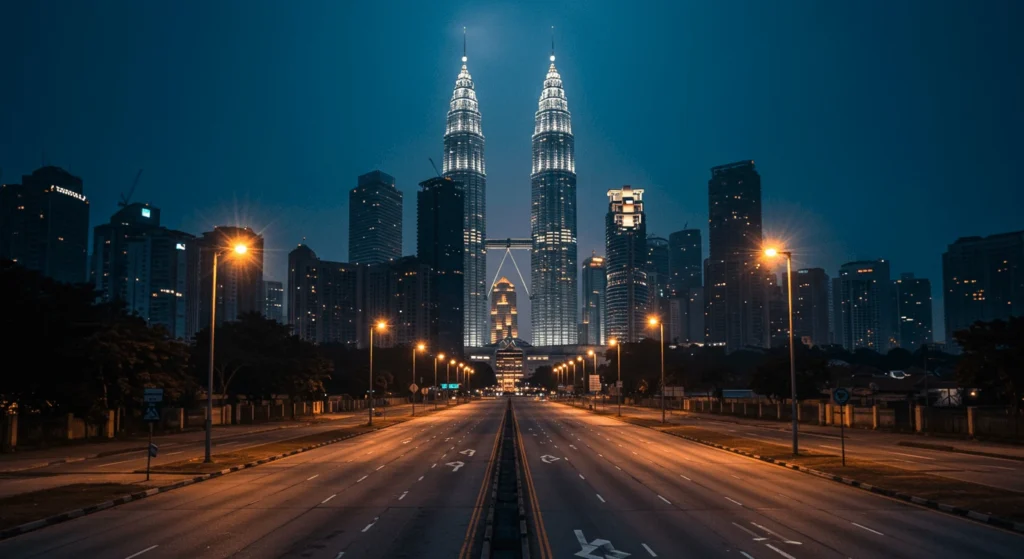
Post-Pandemic Travel Perks
Discounts on Hotels, Tours, and Activities
The post-pandemic era has ushered in an array of travel deals, making it an excellent time to visit Kuala Lumpur. Many hotels are offering discounts to attract visitors. For instance, luxury hotels like The Majestic Kuala Lumpur have introduced special rates for extended stays. Similarly, budget-friendly options in Chinatown and Bukit Bintang provide significant savings compared to pre-pandemic prices.
Tour operators, including those offering guided tours to the Petronas Towers or Batu Caves, now provide package deals and group discounts. Attractions such as KL Tower and Aquaria KLCC often include family or student discounts to boost attendance.
Less Crowded Attractions for an Enhanced Experience
Tourist spots in Kuala Lumpur, previously bustling with crowds, are now more accessible. Landmarks like the Petronas Towers and Merdeka Square can be enjoyed at a leisurely pace. Additionally, the reduced number of visitors means shorter wait times and better photo opportunities. For instance, Batu Caves, usually teeming with tourists, offers a more tranquil experience in the current travel climate.
Restaurants and cafes are less crowded, allowing for a more personalized dining experience. Places like Jalan Alor provide easier access to seating, even during peak dining hours. Furthermore, cultural events, such as performances at Istana Budaya, are now more intimate, creating a unique atmosphere for attendees.
Upcoming Events and Seasonal Highlights
Unique Opportunities to Attend Festivals and Explore Vibrant Markets
Kuala Lumpur’s cultural calendar is packed with festivals and seasonal highlights, many of which are even more special now. For example, Ramadan bazaars during March to May offer a variety of traditional dishes like nasi kerabu and murtabak. These bazaars also reflect the city’s communal spirit and provide a chance to connect with locals.
Visitors during the autumn months can experience Deepavali, also known as the Festival of Lights, celebrated in Little India. Streets are adorned with colorful decorations and illuminated with oil lamps, offering a magical ambiance. Upcoming events such as New Year’s Eve at KLCC Park include dazzling fireworks and live entertainment.
Shopping enthusiasts can enjoy seasonal sales at malls like Pavilion KL and Mid Valley Megamall. The Malaysia Mega Sale Carnival, held during specific months, features incredible discounts on fashion, electronics, and souvenirs.
Support Local Tourism
Contribute to Kuala Lumpur’s Recovery by Visiting Now
Post-pandemic recovery efforts in Kuala Lumpur heavily rely on tourism. By visiting now, travelers play an active role in revitalizing the city’s economy. For instance, supporting small businesses in Chinatown or Little India helps local entrepreneurs recover from financial challenges.
Dining at family-run restaurants and purchasing handmade crafts at Central Market directly benefit local communities. Additionally, staying at boutique hotels or booking tours with local guides creates a positive impact on employment. Travelers contribute not only financially but also by fostering cultural exchange and appreciation.
Many attractions have introduced sustainability initiatives to enhance the travel experience. By visiting now, you support eco-friendly programs that promote long-term benefits for Kuala Lumpur and its visitors.
Conclusion: Is Now the Best Time to Visit Kuala Lumpur? Absolutely!
Recap of Why This is the Best Time to Visit Kuala Lumpur
Kuala Lumpur offers a unique blend of tropical weather, vibrant cultural activities, and affordability, making now the ideal time to visit. The city’s tropical climate ensures warm temperatures year-round, allowing travelers to explore iconic attractions like the Petronas Towers and Batu Caves without seasonal restrictions. However, choosing the right season enhances the experience. The dry season is perfect for outdoor adventures, while the wet season offers opportunities to enjoy indoor activities and cultural events.
Additionally, post-pandemic travel perks such as discounts on hotels, tours, and flights make visiting more budget-friendly than ever before. Attractions are less crowded, allowing you to explore landmarks and neighborhoods like Bukit Bintang and Chinatown at a relaxed pace. Whether it’s indulging in local dishes at Jalan Alor, shopping at Pavilion KL, or enjoying serene moments at KL Forest Eco Park, Kuala Lumpur caters to every type of traveler.

